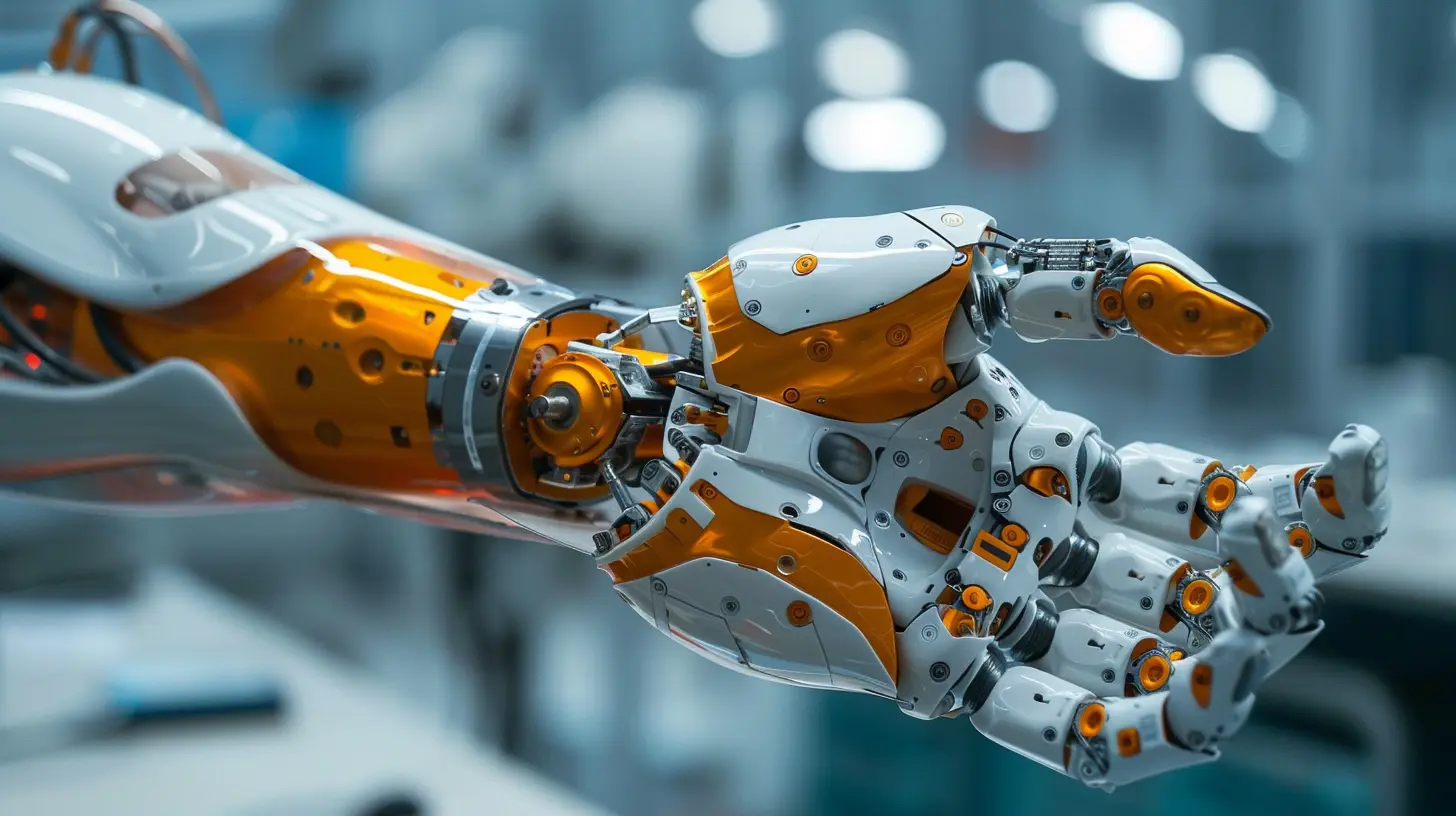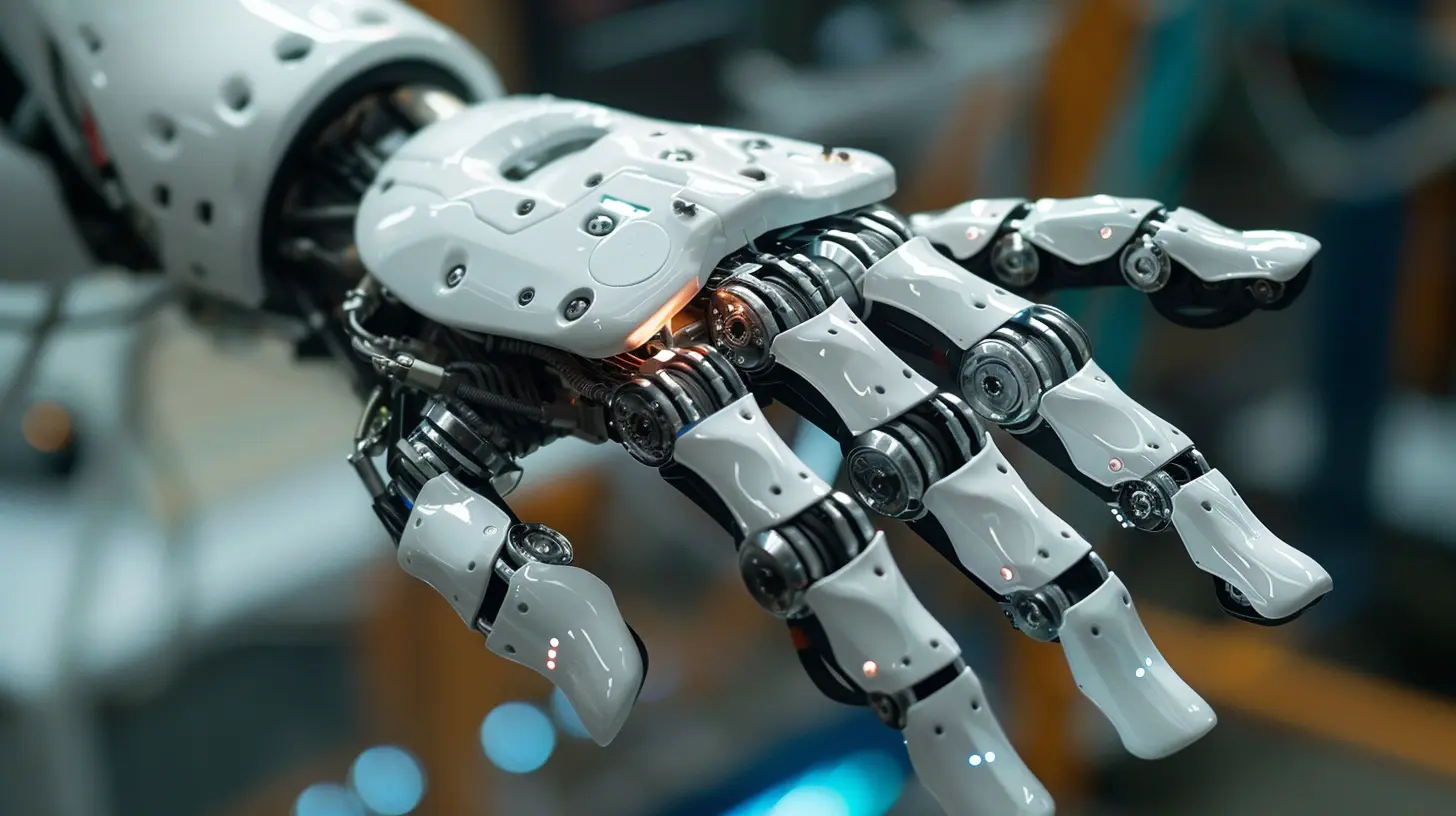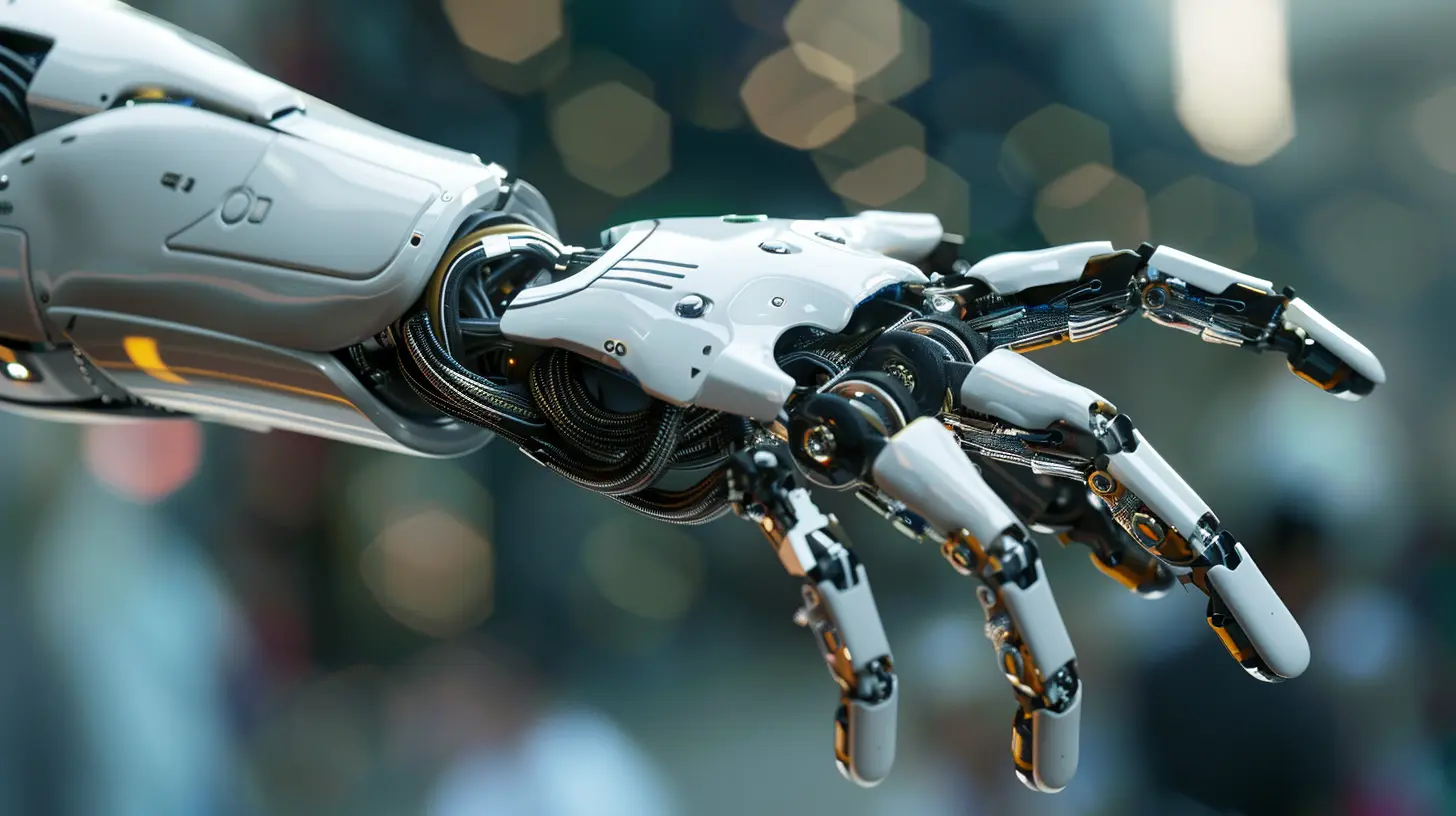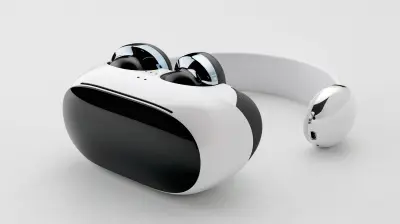The Role of Robotics in Advanced Prosthetics
8 November 2025
Imagine losing a limb—something that was once an essential part of your daily life. Simple tasks like pouring a cup of coffee or tying your shoelaces suddenly become daunting challenges. But thanks to robotics, prosthetic technology has taken an astonishing leap forward. Gone are the days of stiff, lifeless artificial limbs. Today’s prosthetics are smarter, more responsive, and capable of mimicking human movement like never before.
In this article, we’ll dive into how robotics plays a crucial role in advancing prosthetic limbs, making them more intuitive, functional, and life-changing for those who need them.

How Traditional Prosthetics Have Evolved
Prosthetics have been around for thousands of years—ancient civilizations used wooden limbs and metal hooks to replace lost body parts. However, these early prosthetics were purely cosmetic or limited in function.Fast forward to the 20th century, and prosthetics became more sophisticated with the introduction of lightweight materials like plastic and carbon fiber. But even then, they lacked true responsiveness. They were static, requiring manual adjustments and offering little in terms of natural movement.
This is where robotics has changed the game.

The Role of Robotics in Modern Prosthetics
Robotics has completely revolutionized prosthetic limbs, bringing them closer to functioning like real human appendages. But how exactly does robotics make prosthetics smarter?1. Bionic Limbs: Merging Man and Machine
Bionic limbs are prosthetics that use robotics to mimic real limb movement. These high-tech limbs are equipped with sensors that detect muscle signals in the remaining part of the limb. These signals are then translated into movement, allowing users to control their prosthetic hand or leg just by thinking about it—just like a real limb.Take the LUKE Arm, for instance. Named after Luke Skywalker’s robotic hand in Star Wars, this bionic arm allows users to make precise movements, including gripping objects with varying pressure. It’s a perfect example of how robotics is narrowing the gap between disability and ability.
2. Brain-Computer Interface (BCI): Thought-Controlled Prosthetics
One of the most futuristic developments in robotic prosthetics is the Brain-Computer Interface (BCI). Imagine moving your prosthetic hand just by thinking about it. Sounds like science fiction, right? Well, it’s becoming a reality.BCI technology uses tiny electrodes implanted in the brain to detect neural signals. These signals are then transmitted to the robotic limb, allowing for real-time control. Researchers are even working on making these limbs capable of feeling sensations, bringing us closer to creating fully functional, lifelike prosthetics.
3. Smart Sensors: The Secret Behind Natural Movement
Robotic prosthetics rely heavily on smart sensors to function. These sensors detect pressure, temperature, and movement, allowing the limb to respond just like a real one.For example, prosthetic hands equipped with sensory feedback can adjust grip strength based on the object they’re holding. If you’re holding an egg, the prosthetic will apply just the right amount of pressure to avoid crushing it. Similarly, it can sense whether an object is hot or cold, preventing accidental burns.
This level of precision and adaptability makes robotic prosthetics feel less like artificial limbs and more like part of the user’s body.
4. AI and Machine Learning: Personalized Prosthetics
Artificial intelligence (AI) is playing a huge role in refining robotic prosthetics. AI-powered prosthetics can learn from the user’s habits and adjust accordingly. Over time, the limb becomes more intuitive, responding more accurately to the user’s needs.For instance, some AI-driven prosthetic legs can predict walking patterns and adjust in real-time for better balance and comfort. This is particularly useful for navigating different terrains—whether it’s walking up stairs, running, or walking on sand.
5. 3D Printing: Affordable and Customizable Prosthetics
One of the major challenges with high-tech prosthetics is cost. Advanced robotic prosthetics can be incredibly expensive, making them inaccessible for many people. That’s where 3D printing comes in.3D printing allows for the creation of custom-fit, affordable prosthetics that are designed specifically for the user. This not only reduces costs but also ensures that the prosthetic is as comfortable and functional as possible. Some organizations are even 3D-printing robotic hands for children, giving them a new lease on life without the hefty price tag.

The Challenges of Robotic Prosthetics
While robotic prosthetics are nothing short of groundbreaking, they’re not without challenges.1. High Costs
Advanced bionic limbs can cost anywhere from tens to hundreds of thousands of dollars, making them inaccessible to many amputees. While 3D printing is helping reduce costs, there’s still a long way to go before robotic prosthetics become truly affordable.2. Limited Accessibility
Even if someone can afford a robotic prosthetic, not everyone has access to the technology. Many countries and regions lack the infrastructure to provide advanced prosthetics to those in need.3. Power and Battery Life
Unlike traditional prosthetics, robotic limbs require power to function. This means users need to recharge or replace batteries regularly. Long-term battery life improvements are needed to make these devices more practical for everyday use.4. Adaptation Period
Learning to use a robotic prosthetic takes time. Users must train their brains and muscles to communicate with the device, which can be a long and sometimes frustrating process. Rehabilitation and physical therapy play a crucial role in this adaptation.
What’s Next for Robotic Prosthetics?
The future of robotic prosthetics is incredibly promising. Researchers are working on several innovations to make these devices even more powerful and intuitive.- Full Sensory Feedback: Scientists are developing prosthetics that can feel temperature, texture, and pressure, bringing a more natural experience to users.
- Wireless BCI Technology: Future prosthetics may completely eliminate the need for implanted brain electrodes, making thought-controlled limbs more accessible.
- Self-Healing Materials: Some researchers are exploring materials that can repair themselves if damaged, reducing maintenance costs and increasing durability.
As technology continues to evolve, robotic prosthetics will become even more lifelike, affordable, and accessible. Who knows? In the coming decades, we might see artificial limbs that function better than biological ones!
Final Thoughts
Robotics has completely transformed the world of prosthetics, giving amputees opportunities that previous generations could only dream of. From bionic limbs and AI-powered movement to brain-controlled prosthetics, the innovations in this field are truly astonishing.While challenges like cost and accessibility still exist, the future is looking bright. With continued advancements, we’re moving towards a world where losing a limb doesn’t mean losing independence. Instead, it means embracing a new kind of possibility—one powered by robotics.
all images in this post were generated using AI tools
Category:
RoboticsAuthor:

Pierre McCord
Discussion
rate this article
1 comments
Justice Bowman
Transforming lives with technology!
November 9, 2025 at 3:44 AM

Pierre McCord
Thank you! Robotics truly has the power to enhance lives and redefine possibilities in prosthetics.


